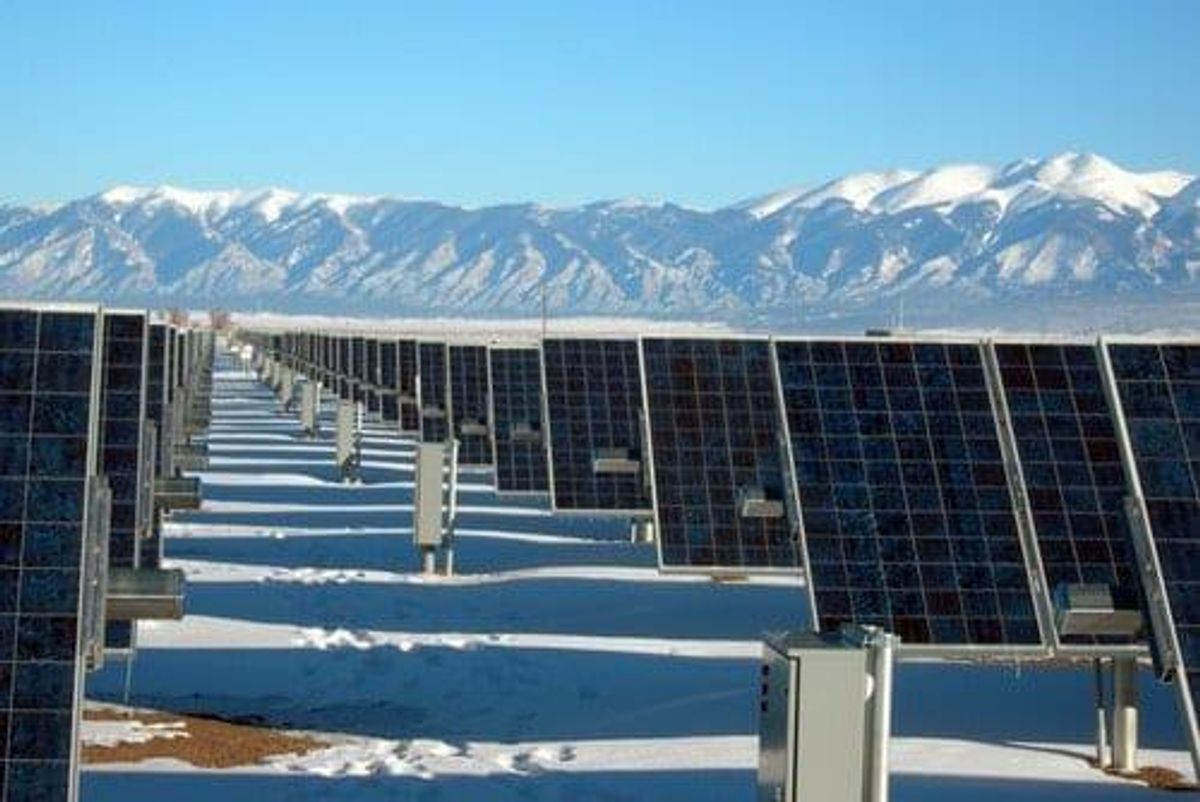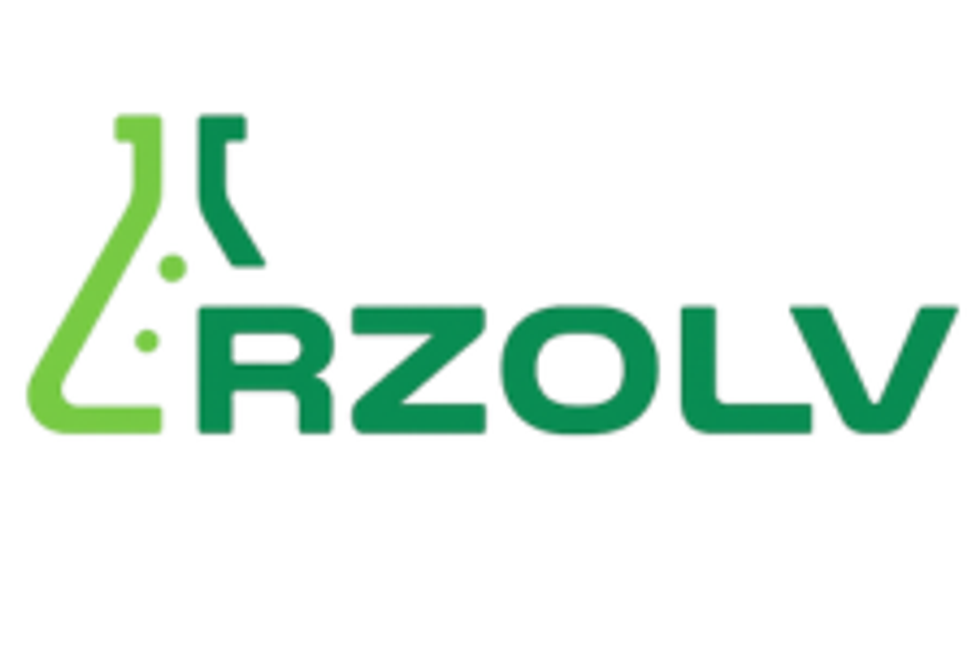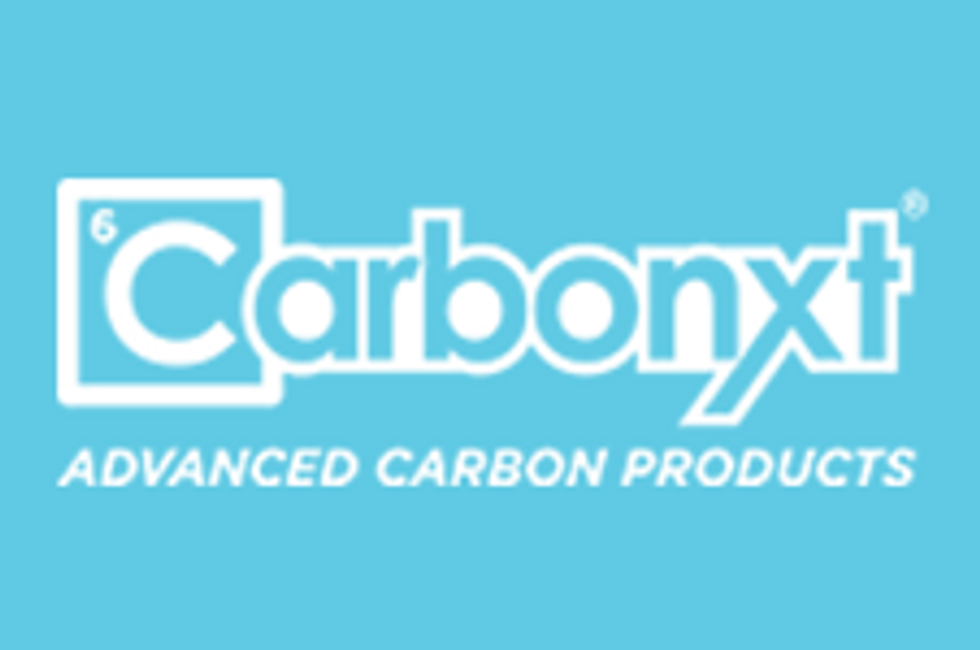
The C$500 million project will include over 1.5 million solar panels, providing electricity to 100,000 homes in Alberta.
On Tuesday, (August 27), Greengate Power received approval for the largest solar project in Canada from the Alberta Utilities Commission.
Estimated to reach C$500 million in investments, the project is also one of the largest of its kind in the world, generating 400 megawatts (MW) of power.
“This continues our successful track record, having already developed some of the largest renewable energy projects in the country,” Dan Balaban, CEO of Greengate Power, said in a press release.
The project, called Travers Solar, will be operable for 35 years, supplying electricity for 100,000 homes. Situated in Vulcan County, Alberta the project is slated to begin construction in 2020. Over one million solar panels will be built for the project.
“There will be several hundred jobs created during the construction of the project, which will take place over two years, about a dozen or so permanent jobs to operate the project,” Balaban told the CBC.
Financing for Travers Solar will be on a market basis, free from any government funding. The project will enter the Alberta Power Pool, a unique wholesale marketplace for electricity for the province.
“We’re selling the project into the Alberta power pool and we’ll be realizing whatever pricing there is at the time,” said Balaban in an interview with the Canadian Press. “Our forecast for pricing on a go-forward basis is based largely on the phase-out of coal-fired electricity (by 2030), continued electrical growth in the province and carbon pricing.”
The province of Alberta transitioned its electricity policy from being governmentally regulated to a competitive marketplace in 1996 under the Electric Utilities Act.
Greengate operates eight other clean power projects, including the 1123 MW Stirling Wind project which is located in southeast Alberta. The project originated in 2007 across 17,000 kilometers of property and 28 wind turbines.
Paintearth Wind, one of its largest projects, produces 150 MW of wind power, located in central Alberta. In addition to solar and wind power, Greengate operates renewable energies such as bioenergy, small hydro, geothermal and energy storage divisions.
The approval on Tuesday stands in contrast to existing renewable energy climate in Alberta. After the Alberta provincial elections in April, the NDP solar rebate program was cut altogether as Premier Jason Kenney with the United Conservative Party came into office. Previous rebates offered up to 35 percent discounts on solar installation projects.
Outside of the private sector, government agencies are investing more on clean energy developments. For example, in the 2019 Canadian federal budget, it plans to phase out coal electricity by 2030. In line with this, it is also developing training and business initiatives designed specifically for coal workers.
Additionally, the federal government plans to reduce energy costs to encourage energy efficiency in residential buildings.
According to Natural Resources Canada, in 2018 Canada ranked ninth in the world for producing solar power, producing one percent of the world’s total solar power. In spite of this, total installed solar power capacity is rising at a steady rate. Between 2008 and 2018, installed capacity increased from under 3,000 MW to over 12,000 MW.
Looking ahead, the solar panels market is projected to grow at a 20 percent compound annual growth rate between now and 2023, with growth bolstered by government funding and renewable energy initiatives, a Market Research Future report indicated.
Similarly, according to the International Energy Agency total world supply of solar power is anticipated to grow faster than its renewable energy counterparts. By 2023, it is projected that one terawatt of solar power capacity will be installed worldwide, with China leading the way in solar projects, followed by the US and India.
Don’t forget to follow us @INN_Technology for real-time news updates!
Securities Disclosure: I, Dorothy Neufeld, hold no direct investment interest in any company mentioned in this article.




